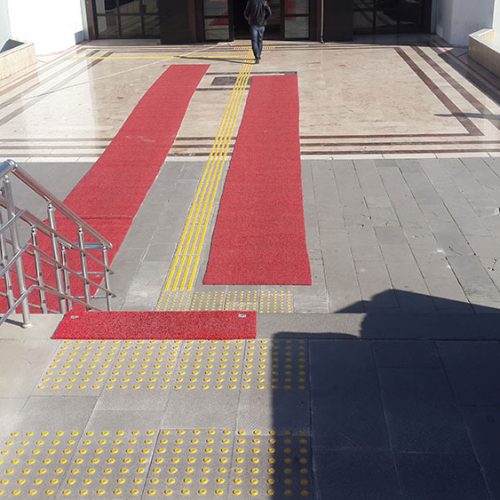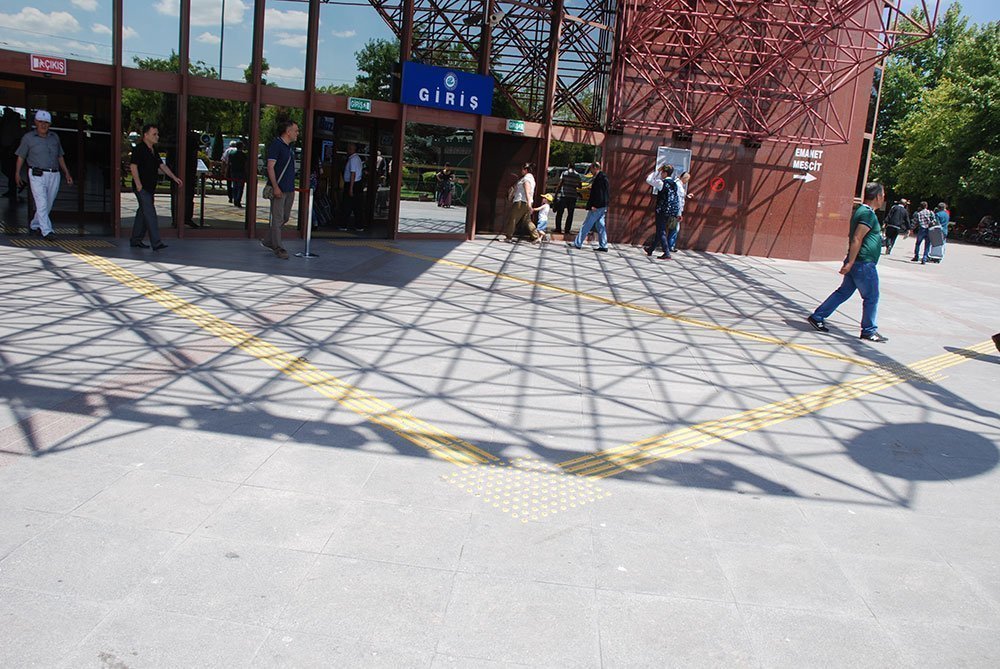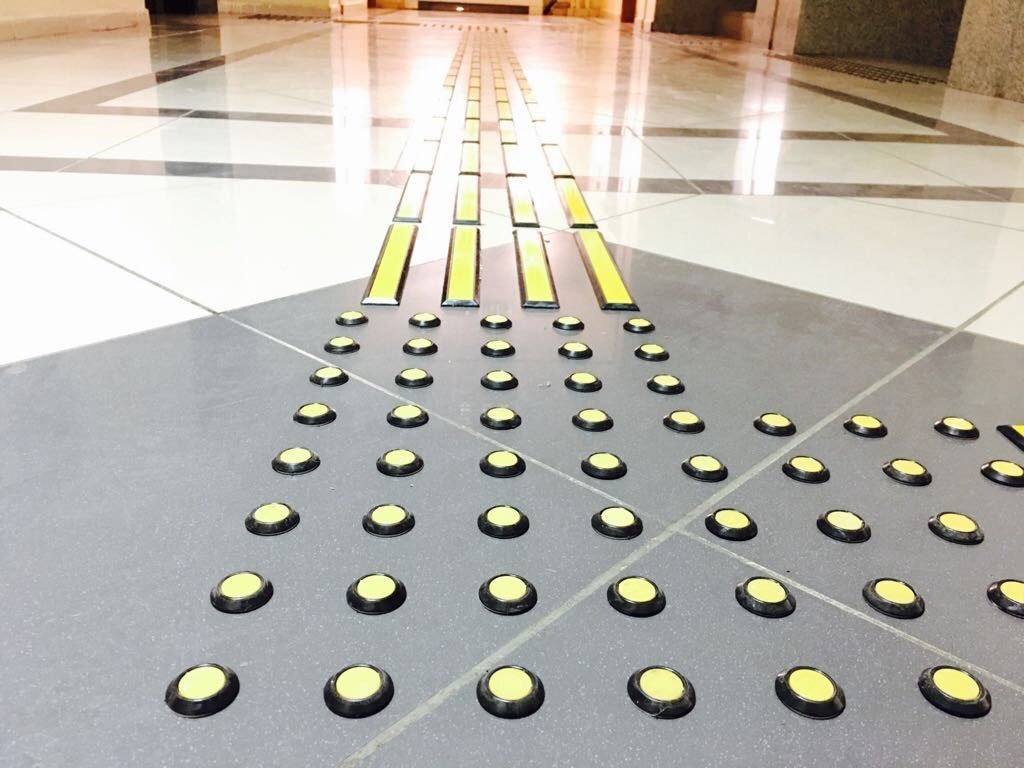If you’ve ever been at a subway or tram station, or if you’ve come across a special pavement in city centers, you must have noticed that there is a special yellow road drawn with raised rectangular lines. This special yellow road consists of the path called the sensible ground. Its purpose is to provide navigation for visually impaired individuals.
This yellow palpable floor is also called tactile surface or guide tile. The tangible floor is used in stations, airports, sidewalks, many public areas to guide or warn visually impaired pedestrians. The most important thing that everyone should know is that every road consisting of tangible ground is special for visually impaired people. Thanks to the tangible floor, visually impaired people reach their destinations more consciously and more safely.
Sensible Ground

The palpable ground is usually yellow in color, but it can sometimes appear as red. The most important reason for this is that some visually impaired individuals have a low percentage of vision. The vision percentage of most visually impaired individuals is not zero. A tangible floor is created by choosing the most probable colors that visually impaired individuals can see.
There are two types of molds used when creating a tangible floor. The first of these are vertically arranged tactile floors. Vertically raised patterns indicate flat areas and provide guidance in which direction to travel safely. The second palpable floor pattern is the one made of a round tile.
Round-dot tactile floors are used to highlight “warning” blocks, edges, corners, or places that need more attention. Tactile floors help keep visually impaired individuals away from accidents and other related hazards that can occur on t-passes or stairs.
Sensible Ground Inventor Seiichi Miyake
Inventor of the tangible floor
Sensible floors were developed by Seiichi Miyake in 1965. Tactile hardwood was first introduced on a street in Okayama, Japan in 1967. Its use gradually spread in Japan and later around the world. It has become a standard in recent years.
It is an advantage to have tangible floors in every area of today’s life. The tangible floor application, which is the biggest supporter of preventing visually impaired people from living their lives in fear, has also renewed the self-confidence of most individuals.
It is also important to identify and report areas where there are no tangible floors. These roads, which are very elegant in use and appearance, are the most thoughtful step of our age. Let’s not forget that every individual, blind or not, is a part of society.
And the living conditions of the members of the society should be kept at the highest level. The tangible floor is just one of the steps that facilitate the lives of visually impaired individuals, and this step is very important for visually impaired individuals.






